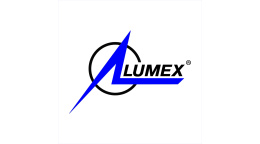方案详情文
智能文字提取功能测试中
Energy & Environment : Challenges & OpportunitiesCSIR -Central Institute of Mining & Fuel Research(Council of Scientific & Industrial Research) ENCO 2019 International Conference and Exhibition on February 20-22,2019 Vigyan Bhawan, New Delhi, India Introduction Energy sector including oil and gas mining wells, oil refineries andgas separation plants, various types of thermal power plants haveto deal with enormous amount of water analyses every day.Corrosion inhibitors, reagents, corrosive contaminants, steam wateradditives etc. must be measured in water samples on a regular basisfor both technological and sanitary purposes.Wastewatertreatment and disposal also require a lot of analyses to ensureproper environment protection. Wastewater and natural water must be analysed for the list ofinorganic cations and anions according to environment protectionand sanitary rules established by different countries around theworld. For example, maximum permissible limits for industrialeffluent discharges in India are established for ammonium (as N)(5-100 mg/l), chloride (600-1000 mg/l), fluoride(1.5-15 mg/l),nitrate (as N) (10-50 mg/l), and sulfate (1000 mg/l). Maximumacceptable limits for water used for drinking purpose in India areestablished for ammonium (0.5 mg/l), barium (0.7 mg/l),calcium(75 mg/l), chloride (250 mg/l), fluoride (1.0 mg/l), magnesium (30mg/l), nitrate (45 mg/l), and sulfate (200 mg/l). 1.Capillary Electrophoresis Method Capillary electrophoresis method used in Capel 205 (Fig. 1)capillary electrophoresis systems is an analytical method, whichcombines low analysis cost, determination of inorganic and organiccations, anions and small molecules using a single instrument,separation of dozens of analytes in a single run,5-6 min analysistimes and simple, fast switching between different protocols. Fig. 1. Capel 205 capillary electrophoresis systems Capillary electrophoresis is based on the separation of the analytesdue to their different electrophoretic migration velocities under theinfluence of applied electric field. The separation occurs in a fusedsilica capillary, which is filled with separation buffer / backgroundelectrolyte. Both capillary ends are dipped into the vials withbackground electrolyte. Two electrodes connected with high-voltage supply are also dipped in inlet and outlet vials.Photometric detector is placed near the outlet side of the capillary. Small dimensions of the capillary (internal diameter is typically50-75 um, total length is usually 50-100 cm) also lead to very lowreagent consumption. As low as 1.5 ml of the background electrolyte is usually enough to perform a set of 5-10 analyses. 2.Determination of Anions Inorganic ion water analysis is one of the most common applicationsof capillary electrophoresis.Determination of anions (chloride,nitrite, sulfate, nitrate fluoride and phosphate) in aqueous matricesby capillary electrophoresis is an International Standard ASTMD6508-15"Standard Test Method for Determination of DissolvedInorganic Anions in Aqueous Matrices Using Capillary IonElectrophoresis and Chromate Electrolyte"The method is also described in United States EnvironmentProtection Agency method EPA 6500"DISSOLVEDINORGANICANIONS IN AQUEOUS MATRICES BY CAPILLARY IONELECTROPHORESIS"and included in the list of Standard Methods forthe Examination of Water and Wastewater (SMWW), part 4140.Researchers of Lumex Group have developed an analyticalprocedure for the determination of six most important inorganicanions (chloride, nitrite, sulfate, nitrate, fluoride and phosphate) in drinking, natural and waste water as well as other aqueous matrices. min Fig.2. Electropherogram (EPG) of a model mixture of inorganic andorganic anions.1-chloride, 2-bromide,3-nitrite,4-sulfate,5-thiosulfate,6-oxalate, 7- nitrate,8-fluoride, 9 -formate, 10-phosphate,11 -citrate,12-carbonate (system peak), 13-acetate. Table 1. Measurement ranges of the anions Analyte Measurement range, mg/l Chloride 0.5-20 000 Nitrite 0.2-100 Sulfate 0.5-20 000 Nitrate 0.2-500 Fluoride 0.1-25 Phosphate 0.25-100 Table 2. Analysis conditions for the determination of anions Parameter Value Capillary Internal diameter 75 um, total length 60 cm* Background electrolyte Chromate, with diethanolamine andhexadecyltrimethylammoniumhydroxide Injection 300 mbar x s Separation voltage -25 kV Temperature 20°C Detection wavelength 254 nm, indirect 3.Determination of Cations Determination of cations (ammonium, potassium, sodium, lithium,magnesium, strontium, barium, and calcium) in water by capillaryelectrophoresis is an Interstate Standard GOST 31869-2012 adoptedin Russian Federation, Armenia, Belarus, Kazakhstan, Kirgizstan,Tajikistan, and Uzbekistan. Analytical procedure for the determination of inorganic cations(ammonium, potassium, sodium, lithium, magnesium,strontium,barium,calcium) in drinking, natural, waste water and otheraqueous matrices by capillary electrophoresis has been developedby Lumex specialists. A commercially available set of reagentsconsisting of benzimidazole, tartaric acid and 18-Crown-6 as well asstock solutions of 8 major cations is used for analyses. An exemplaryEPG of cation calibration mixture is given in Fig.3. magnesium, 6-strontium, 7-barium,8-calcium. Table 3. Measurement ranges of the anions Analyte Measurement range,mg/1 Ammonium 0.5-5 000 Potassium 0.5-5 000 Sodium 0.5-5000 Lithium 0.015-2.0 Magnesium 0.25-2500 Strontium 0.25-50.0 Barium 0.1-10.0 Calcium 0.5-5 000 It should be noted that the capillary is similar to the one used foranion determination. Table 4. Analysis conditions for the determination of cations Parameter Value Capillary Internal diameter 75 um, total length 60 cm Background electrolyte Benzimidazole, with tartaric acid and 18-Crown-6 Injection 150 mbarxs Separation voltage 25 kV Temperature 20 °C Detection wavelength 267 nm, indirect The developed analytical protocol became a basis for thedevelopment of National Standard of Russian Federation GOST R53887-2010. Later the Standard was adopted as Interstate StandardGOST 31869-2012 recognized by the members of Eurasian Economic Union. The analysis conditions developed for the determination ofinorganic cations in water samples were later applied to a numberof different other sample types as well as other analytes of cationicnature. For example, the procedure for the determination ofwater-soluble cations in soils, activated sludge, and bottomsediments. 4. Determination of Organic Amines A lot of different organic amines are widely used in energy sectorplants for industrial water pH adjustment, as corrosion inhibitors,reagents for amine gas treating (acid gas removal, gas sweetening)and for other needs. Due to their cationic nature the determinationof amines in aqueous solutions can be performed by capillaryelectrophoresis using the analysis conditions for the determinationof cations. 5.Determination of Organic Acids Although some organic acids can be measured using analysisconditions for the determination of inorganic anions a specificprotocol was developed for the determination of low molecularmass organic acids (oxalic, formic, tartaric, malic, citric, lactic,succinic, acetic and sorbic). The analysis conditions are also suitablefor the determination of other C1-C7 carboxylic acids (Fig.4). Fig. 4.EPG of a model mixture of organic acids (1 mg/l each).1 -oxalic acid,2-formic acid, 3- lactic acid, 4 - acetic acid,5-propionic acid, 6 -n-butyric acid +isobutyric acid, 7-isovalericacid,8-valeric acid, 9-caproic acid,10-heptanoicacid. ConclusionThis review clearly shows that capillary electrophoresis systemis a useful and versatile tool for energy sector laboratoriesstarting from upstream oil and gas companies down tothermal power plants. The method is applicable for cation andanion determination in various sample types from highlysaline and complex produced/formation water and variouswastewater/effluents to a wide range of water and aqueoussolutions used in water-based industrial processes.The main advantages of the method are flexibility in terms ofboth analytes and sample types, simple and fast samplepretreatment, short analysis times, low running costs,low reagent consumption and waste generation. 石油能源行业主要包含石油和天然气采矿油井、石油炼油厂、天然气分离工厂和各种类型的火电工厂等,它们每天必须处理废水并进行分析。在各类技术规范和卫生准则要求下,这些行业必须定期在水样中测量腐蚀抑制剂,化学制品,腐蚀性污染物,蒸汽水添加剂等。废水的处理和处置也需要经过分析达到使用要求以免对环境造成危害。 根据世界各地不同的法律法规制定的环境保护和卫生规准则,上述行业废水和天然水中无机阳离子和阴离子需达到相应标准。例如,印度规定了工业污水排放的最大允许限值,例如铵(N)、氯化物、氟化物、硝酸盐(N)和硫酸盐等排放限值。高效毛细管电泳技术由于具有分离效率高、样品用量少、分析速度快、环境友好、应用范围广以及在很大程度上所显示的高选择性等优点,可用于无机小离子和以有机酸或生物碱为代表的有机小分子的分离分析,并已愈来愈引起分析工作者的关注,成为一种很常见的分析手段。毛细管电泳法可以检测天然水、饮用水和废水样品中的无机阴离子有:氯化物、亚硝酸盐、硫酸盐、硝酸盐、氟化物和磷酸盐离子。 LUMEX的Capel205系列毛细管电泳系统具有分析成本低,操作简单,经济高效、自动化程度高等优势,不仅可以用于测定无机和有机阳离子,阴离子和小分子等,并且在药物、环境、临床医学和其他复杂样品体系分析中也有独特的优势。
关闭-
1/1

产品配置单
LUMEX INSTRUMENTS (鲁美科思分析仪器)为您提供《废水中阴阳离子检测方案(毛细管电泳仪)》,该方案主要用于废水中无机阴离子检测,参考标准《暂无》,《废水中阴阳离子检测方案(毛细管电泳仪)》用到的仪器有LUMEX高效毛细管电泳仪Capel 205、LUMEX水汞分析仪RA-915W(测汞仪)、LUMEX石墨炉原子吸收MGA-1000。
我要纠错
推荐专场
相关方案
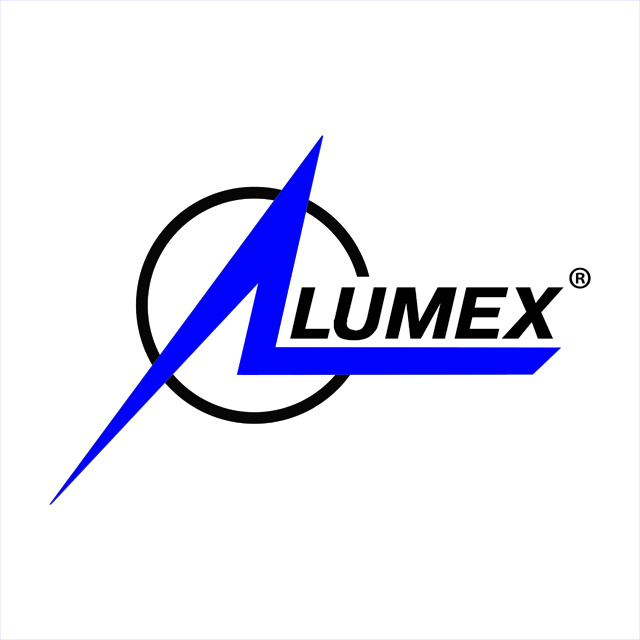

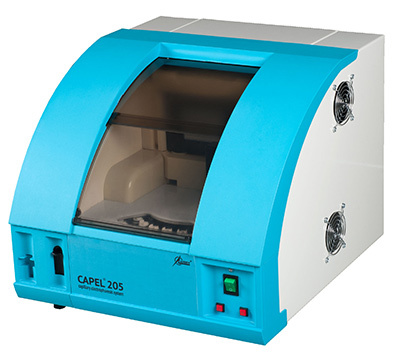
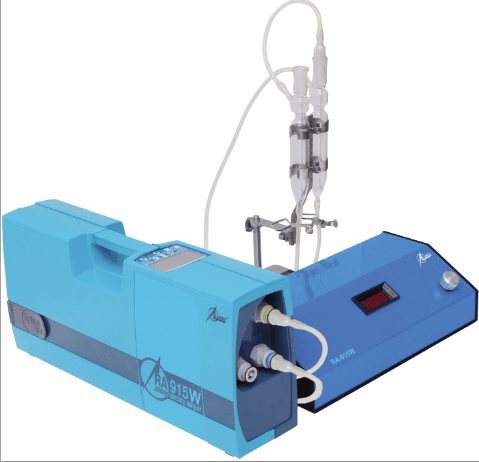
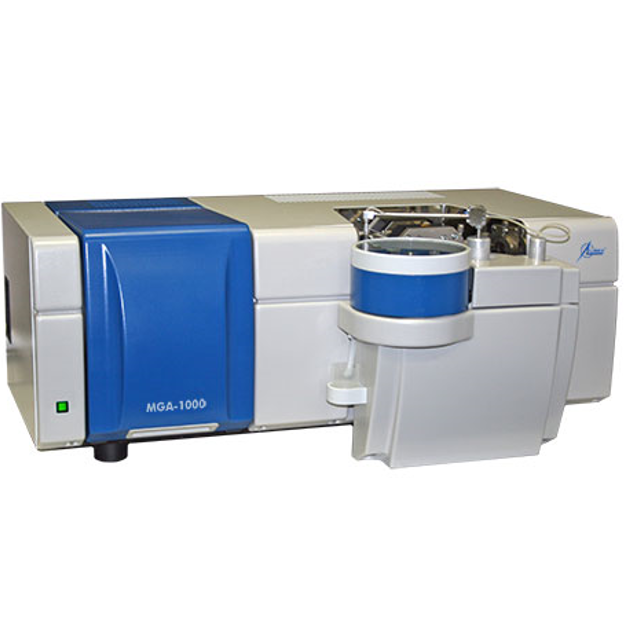
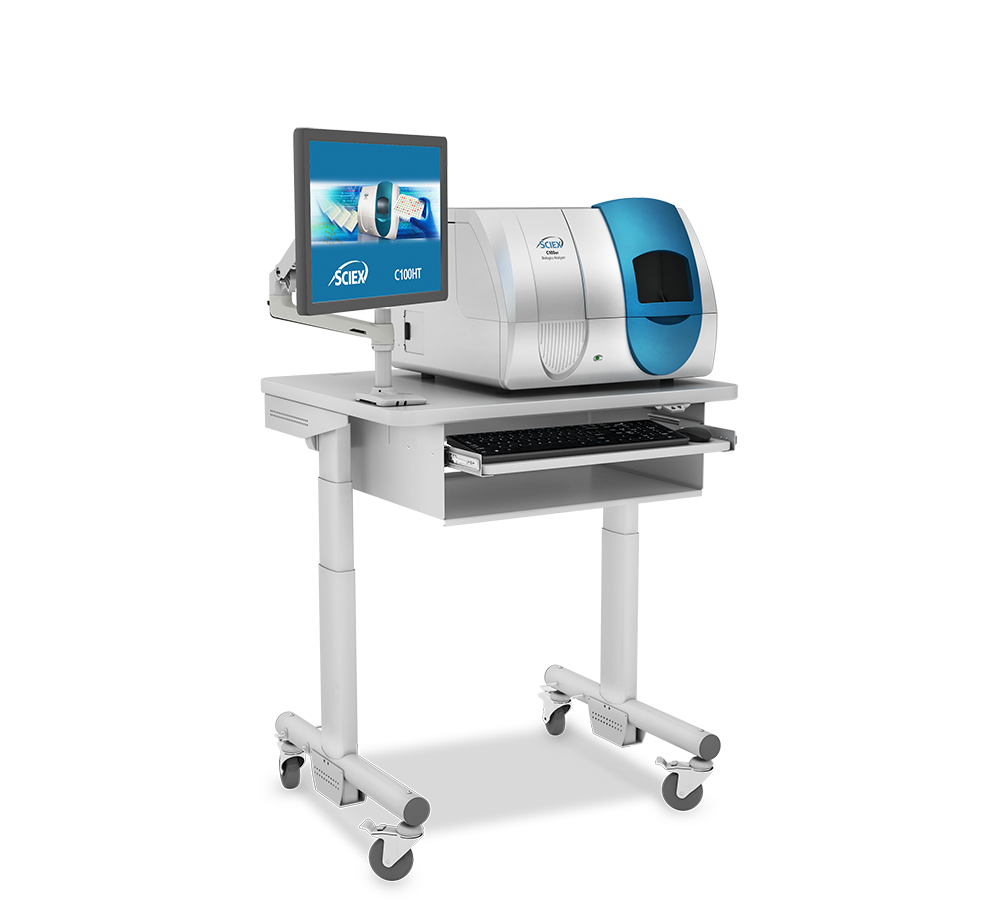
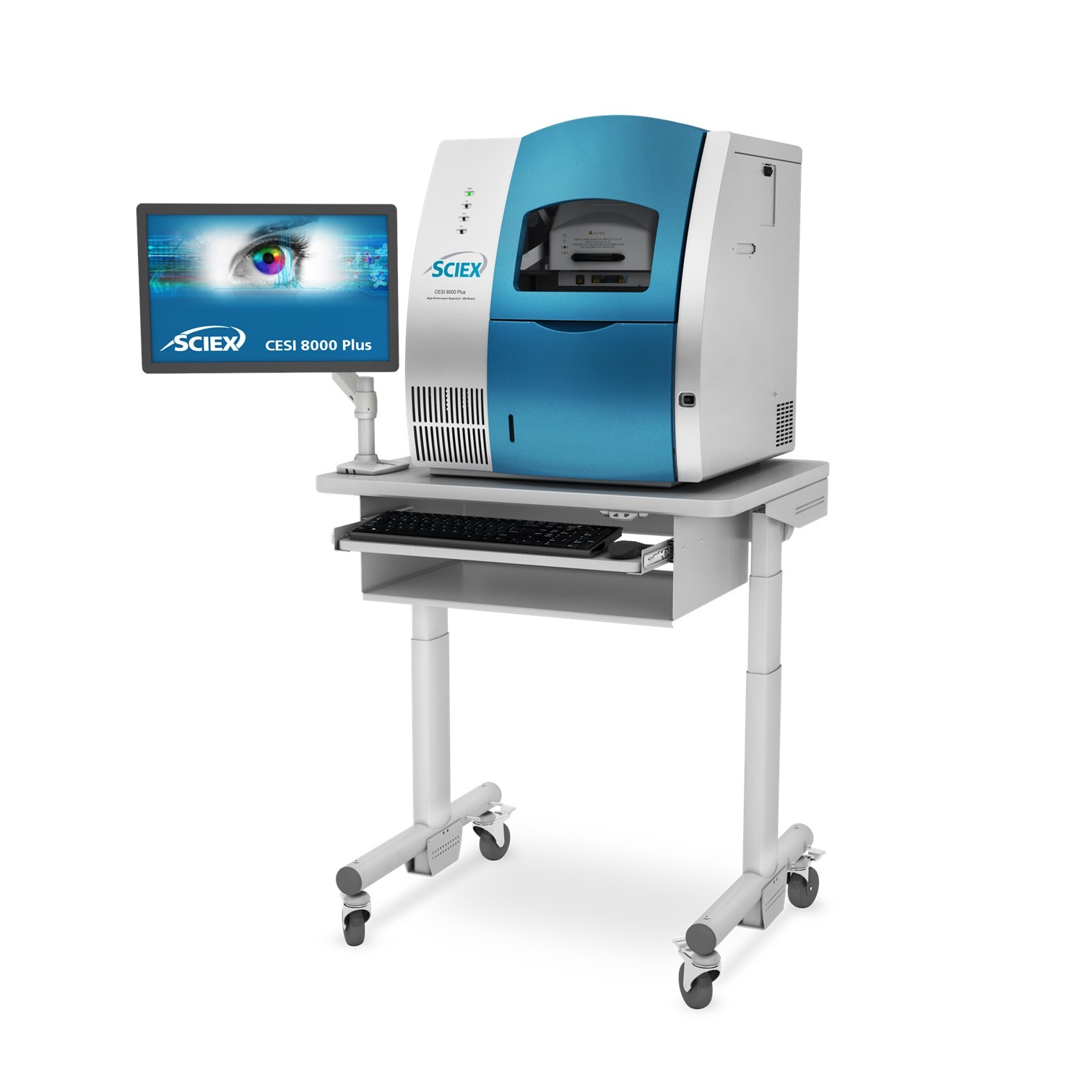
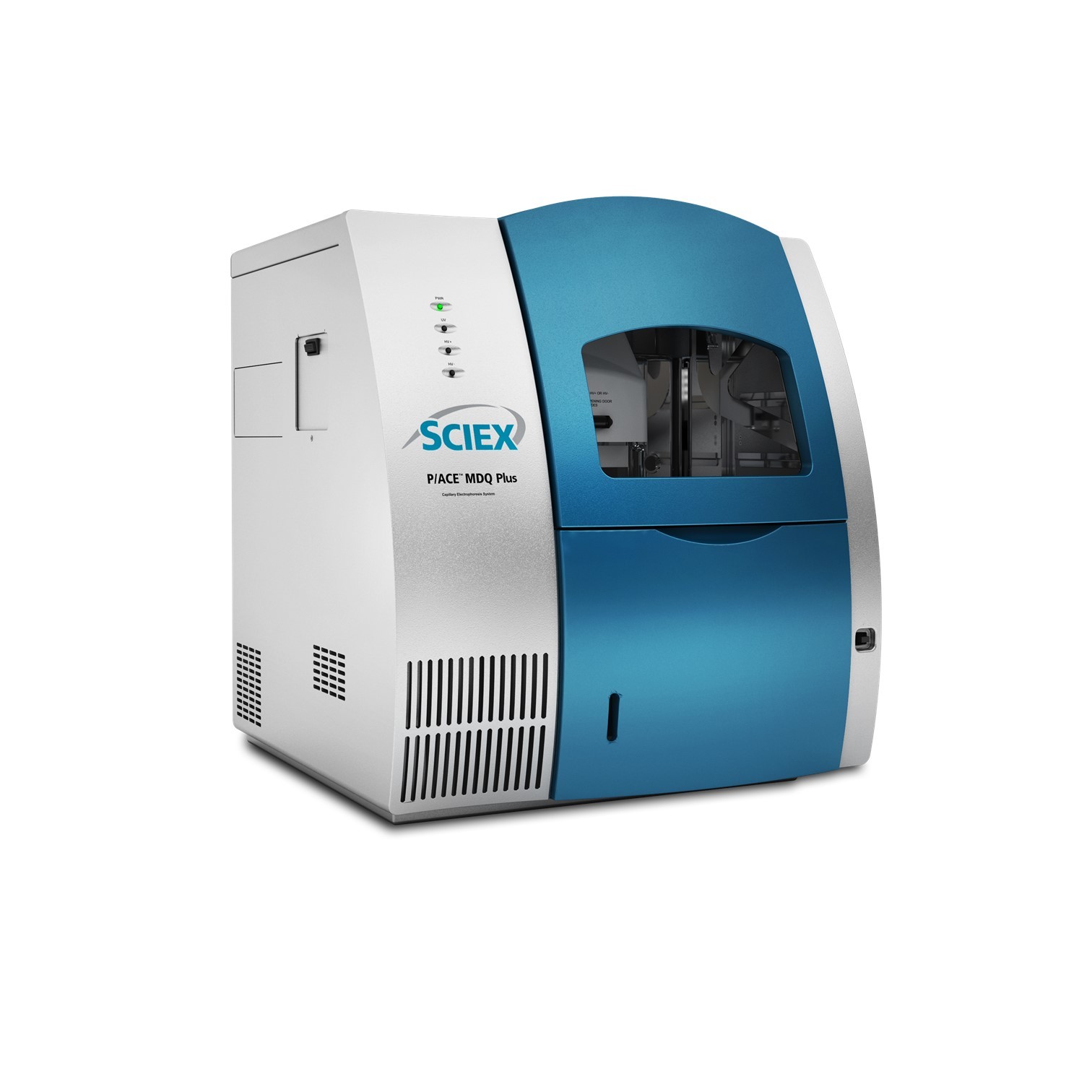
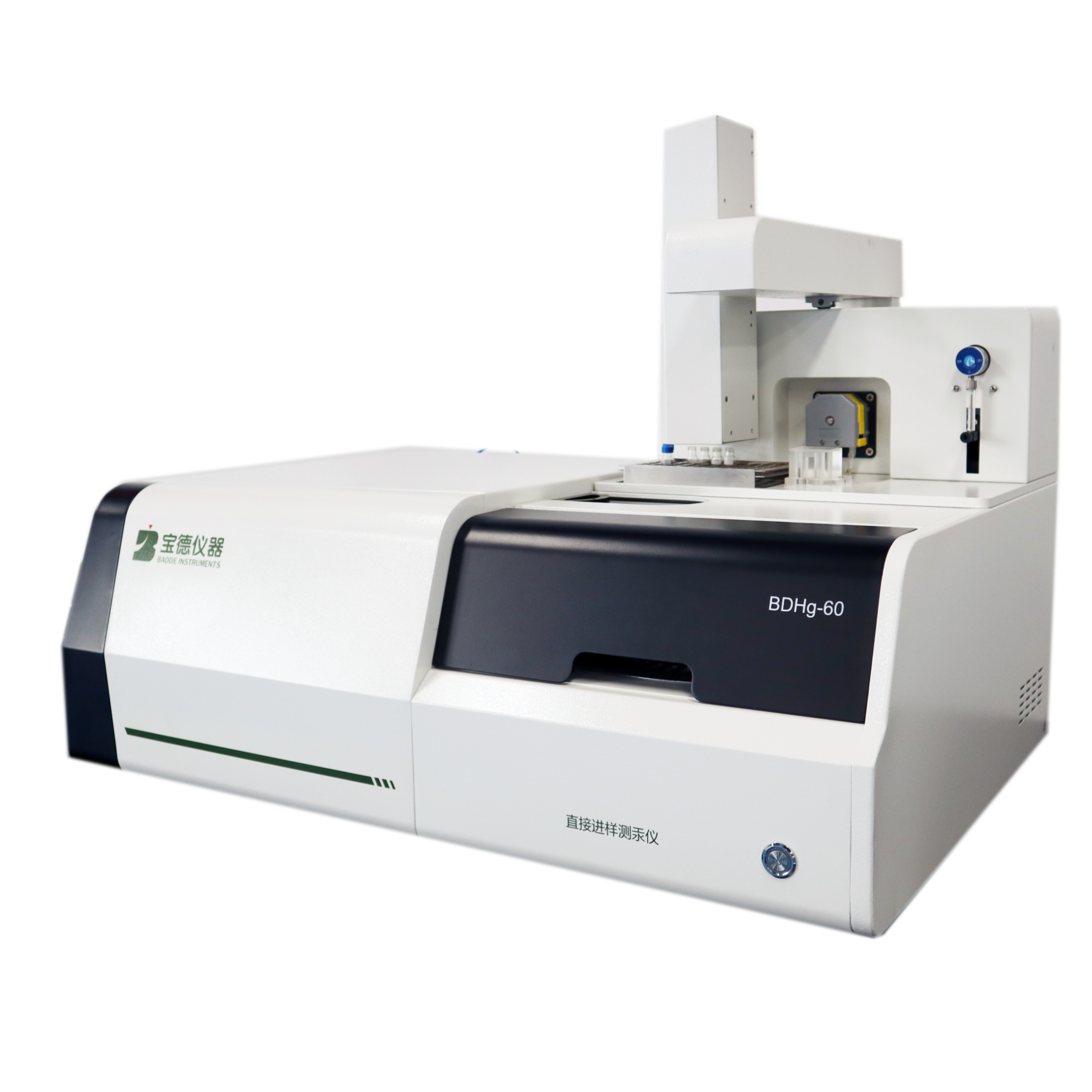
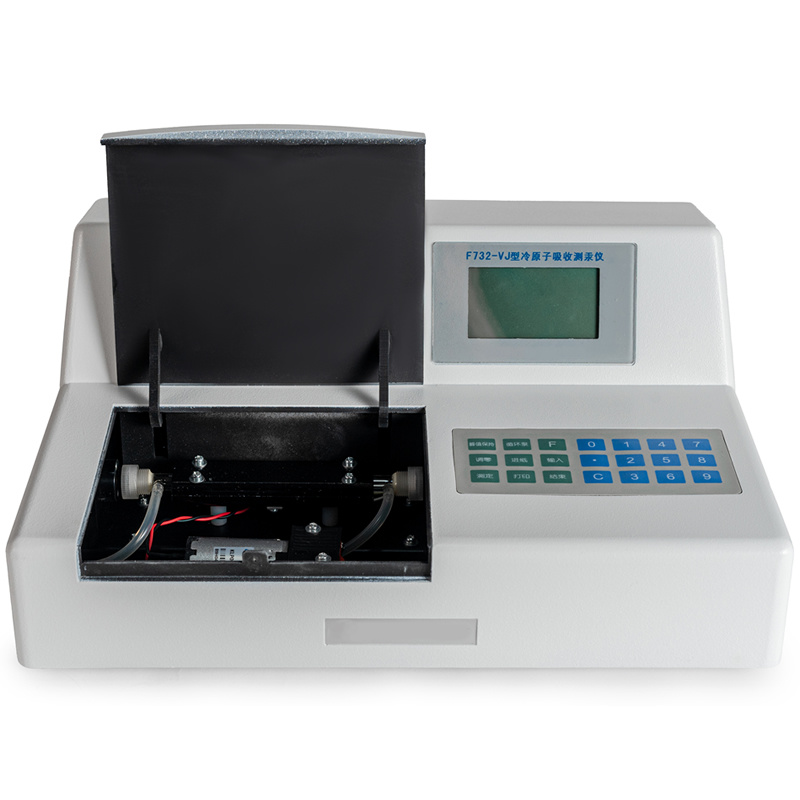
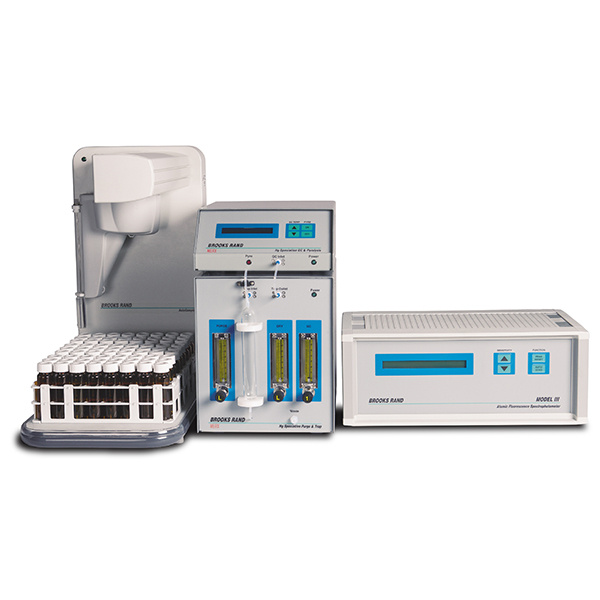
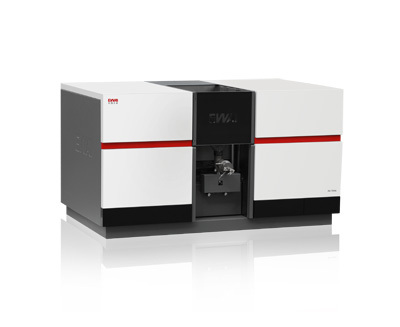
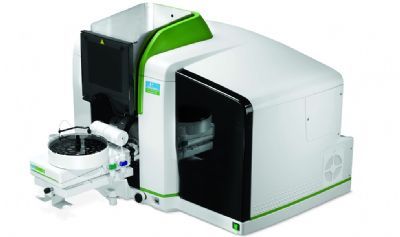

 咨询
咨询